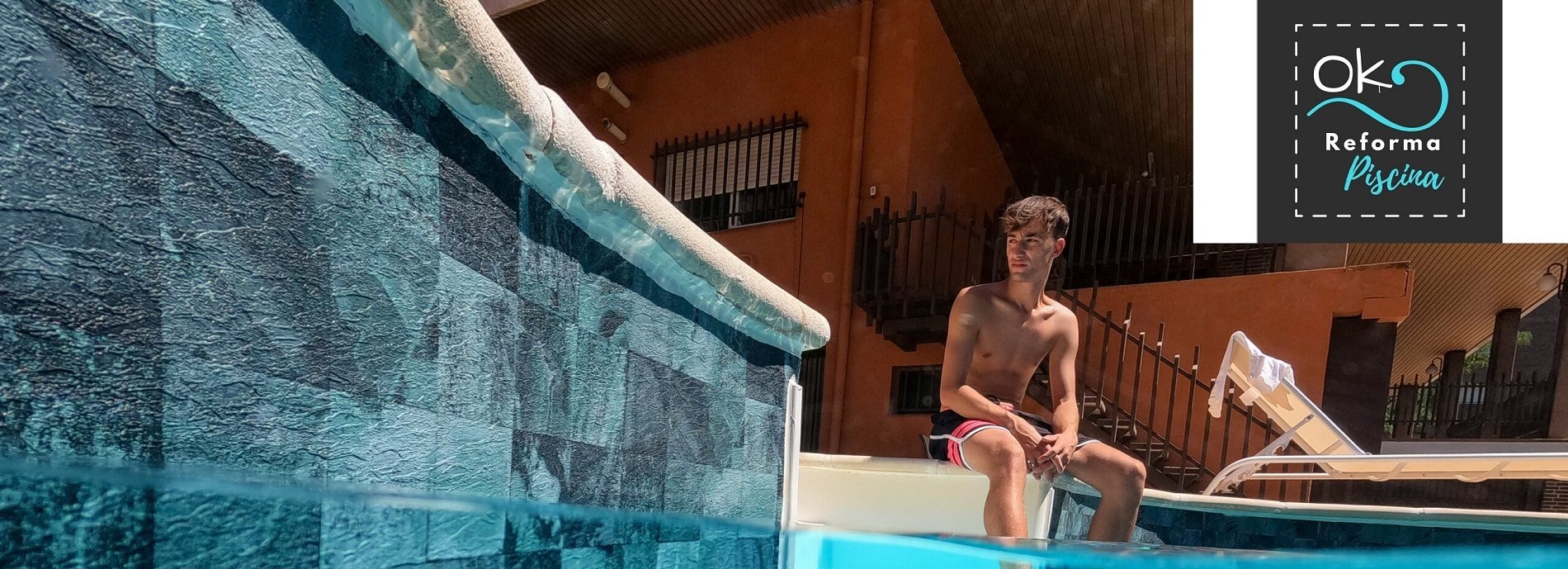Page with all the information about Liner Pools
Repair pool
Pool liner installation
Reinforced sheet Elbe Blue Line
GRE pool liner
Pool liner maintenance
Pool liner questions
Properties of reinforced sheets for CGT Alkor pools

How to install an armored sheet pool: step by step guide

How to choose the best pool liner: definitive guide for the right choice

How to choose the best liner for your pool: the benefits of a pool with a quality liner

How to choose the best liner for your pool: the benefits of a quality liner

Tips for the maintenance and cleaning of the pool liner in Spanish

Steel and liner pools: opinions about the product

How much does PVC pool coating cost?

Vinyl pool liners are a popular substitute for traditional tile.

Pool liner problems: they do NOT exist, we deny the competition
What is the reinforced liner?
A liner is a material used to cover the walls and bottom of a pool. Liners are usually made of vinyl or polypropylene, but can also be made of other materials such as rubber or fiberglass. The type of liner used depends on the size and shape of the pool, as well as the intended use.
Liner materials have several advantages over other types of pool liner methods, such as concrete or fiberglass liners. They are quite inexpensive compared to other options, easy to install and simple to replace if necessary. Additionally, they can provide better protection against leaks than alternative methods such as paint or sealant products. While liners are not maintenance-free, they generally require very little maintenance, making them a great option for many homeowners.
Types of coatings
There are several different types of pool liners available, including vinyl and polypropylene liners. Vinyl is the most common type, as it is inexpensive and very versatile in terms of size and shape. Other materials such as rubber or fiberglass can also be used, depending on the owner's needs and preferences. For example, fiberglass liners may be more desirable if you are looking to create a natural-looking pool environment or if your pool area tends to receive a lot of foot traffic from children or pets. Generally speaking, however, vinyl is one of the best options for lining a pool because it provides excellent leak protection while being easy to install, incredibly durable, and affordable.
Installation Process
A pool liner can be easily installed by a homeowner or contractor, with an average installation time of about three hours for a standard-sized pool. However, larger pools may take longer depending on the shape and size of the pool, as well as the number of curves involved in its design. Typically, once your new vinyl liner has arrived at your home, you will need to remove any existing materials, such as paint or sealant products, from the walls or floor of your pool. Then, simply place the liner in place and make sure it fits snugly against all sides of the pool before securing it to the wall with a bead of glue or tape along the joints where necessary. It is also important to ensure that wrinkles do not form along the liner, as this can cause leaks and other problems over time.
maintenance requirements
Although pool liners are fairly low maintenance, they do require some maintenance to keep them looking good and performing well. The most important thing to do is to regularly clean any debris or dirt from the siding so that it doesn't build up and start to break down the material. Also, be sure to vacuum your liner at least once a year (more often if necessary) to remove any built-up sediment that may have accumulated on the bottom of your pool. Finally, check for leaks along the seams of your liner on a regular basis; If you see water collecting in this area, you may need to replace the liner sooner rather than later.



